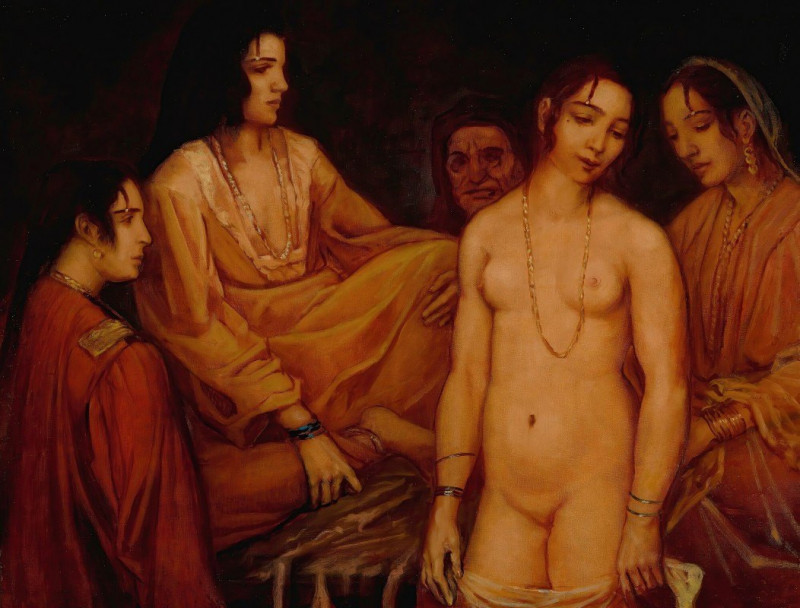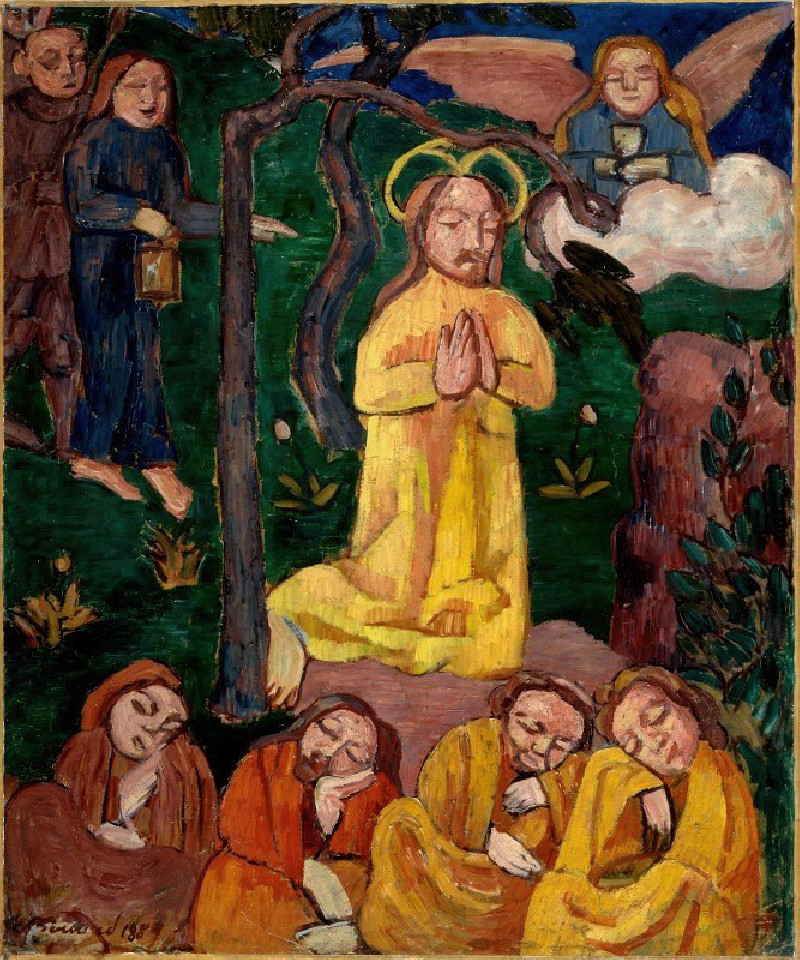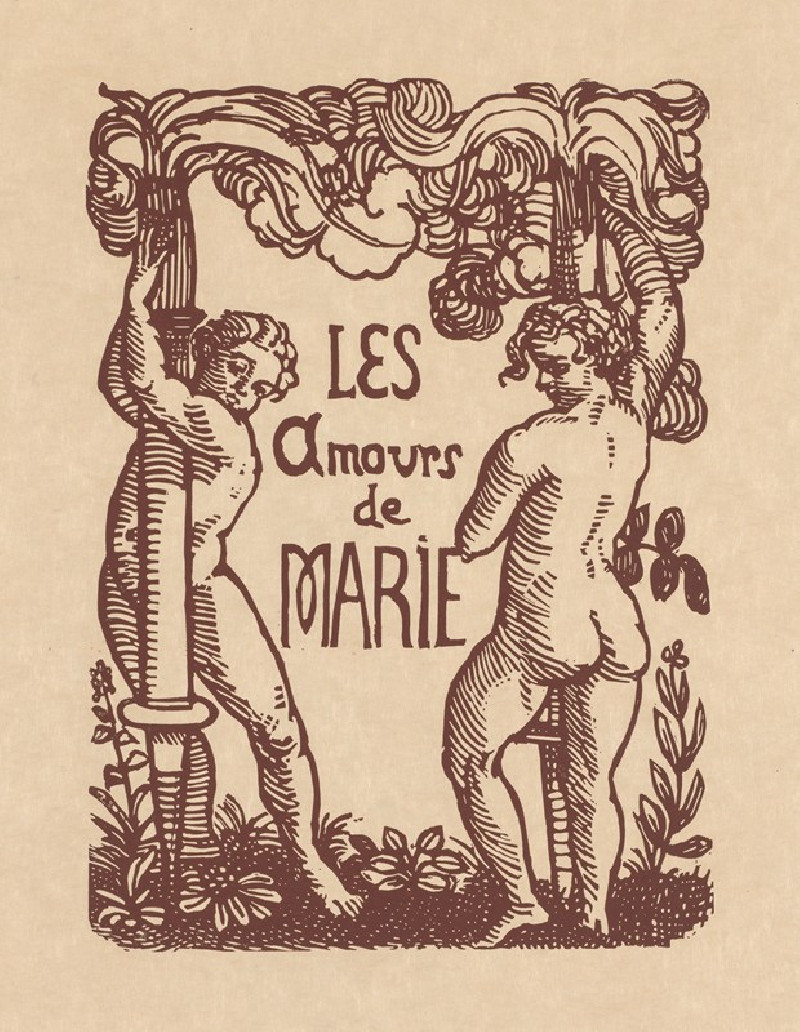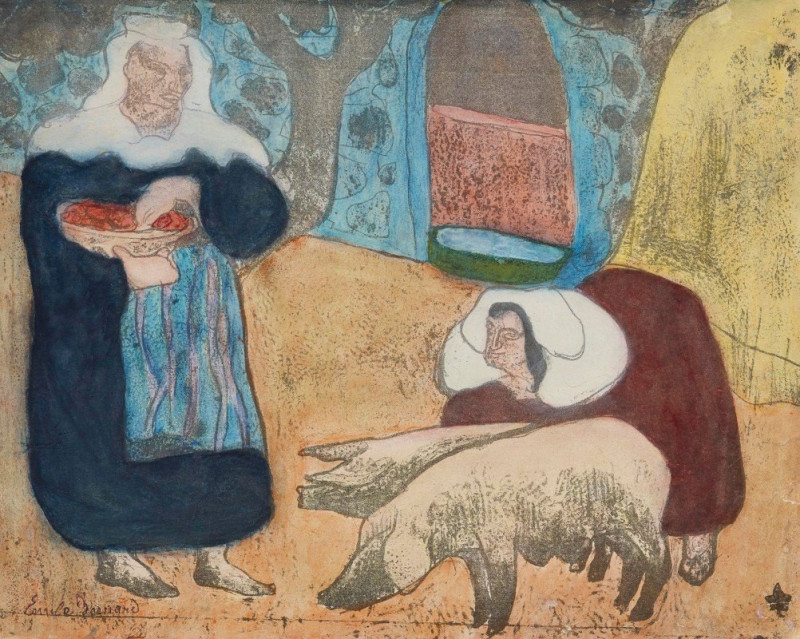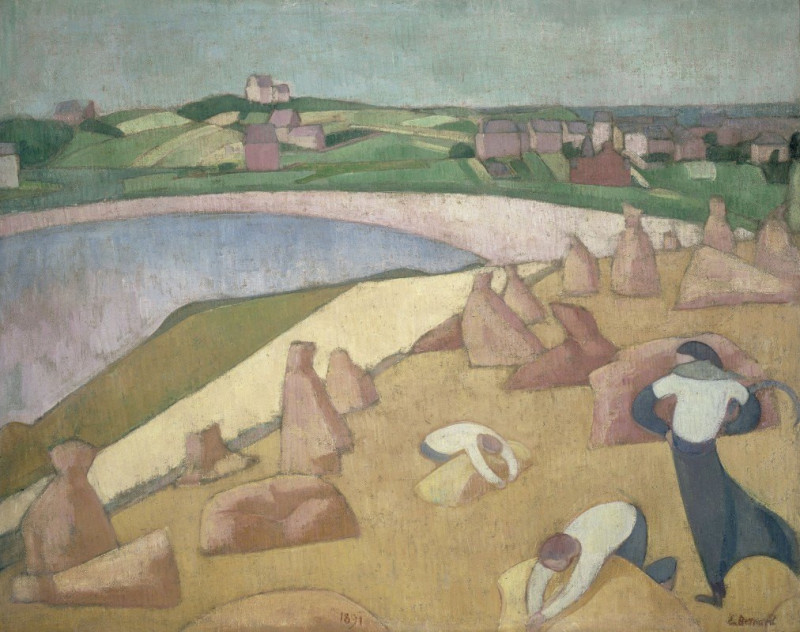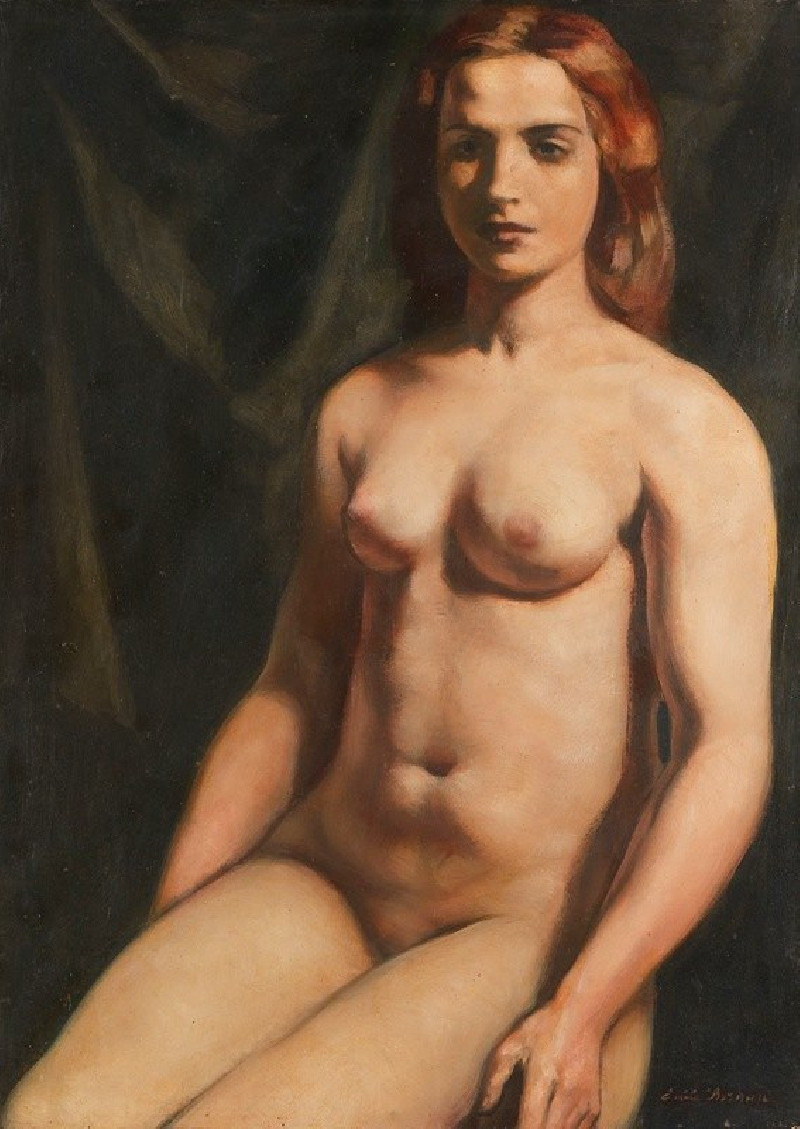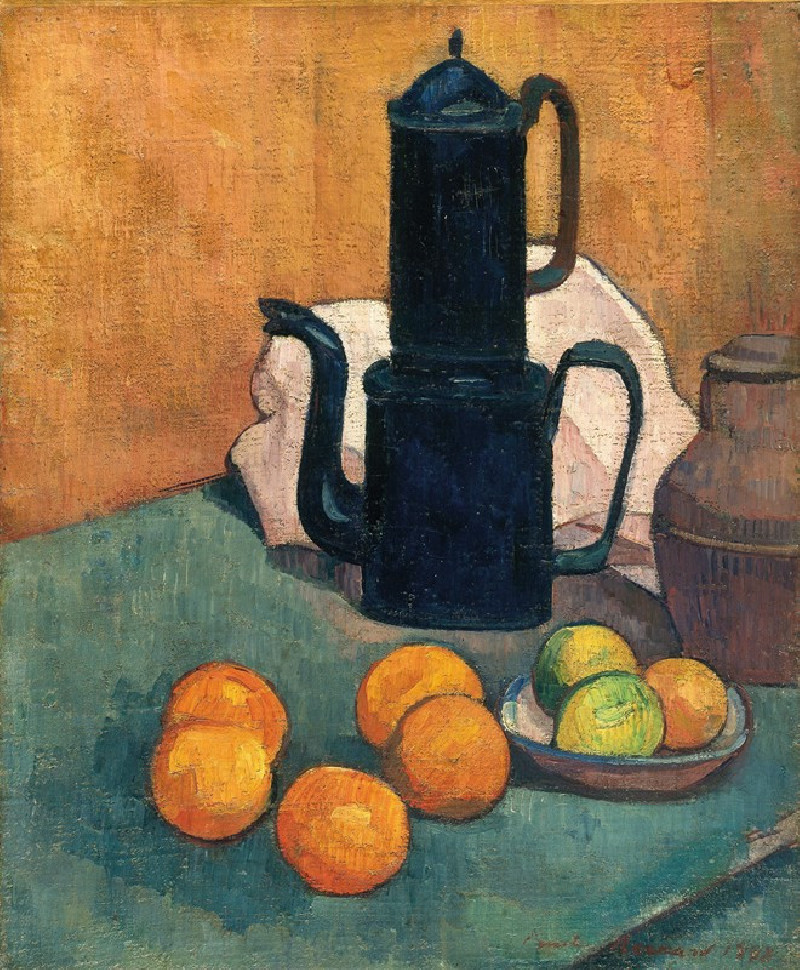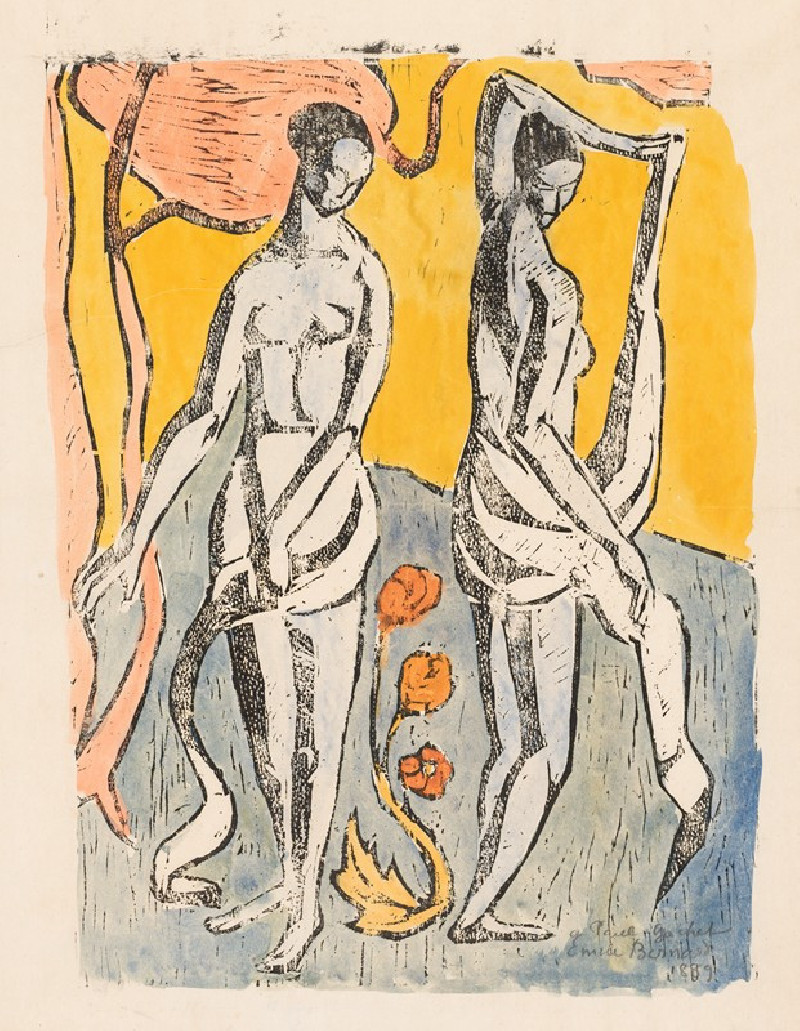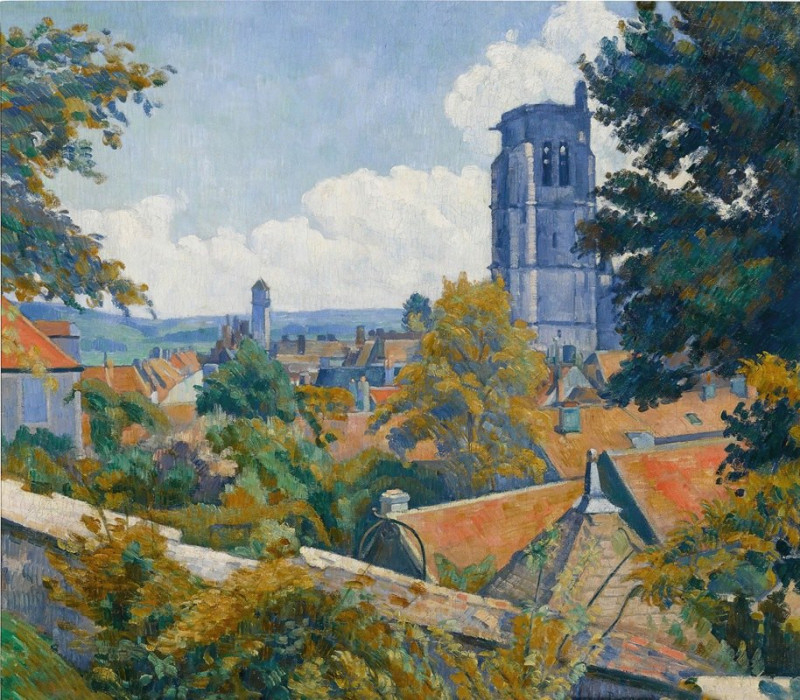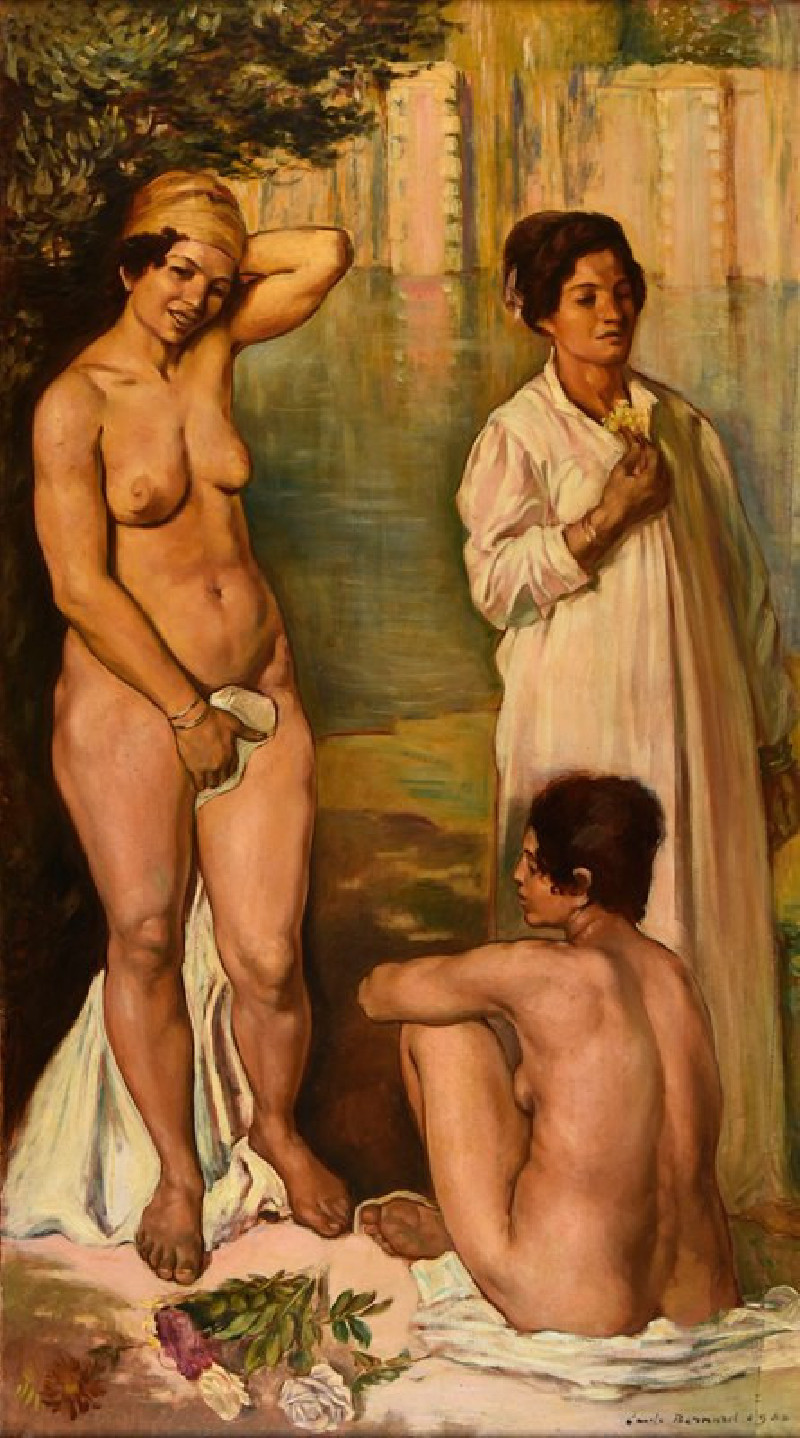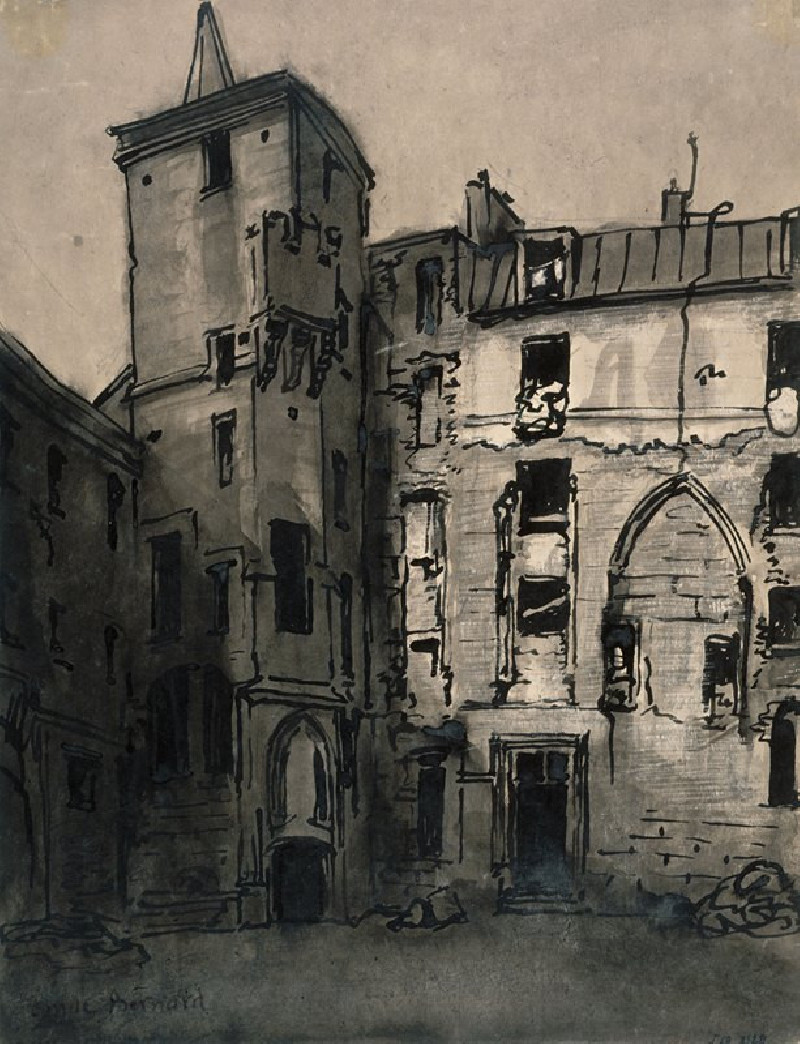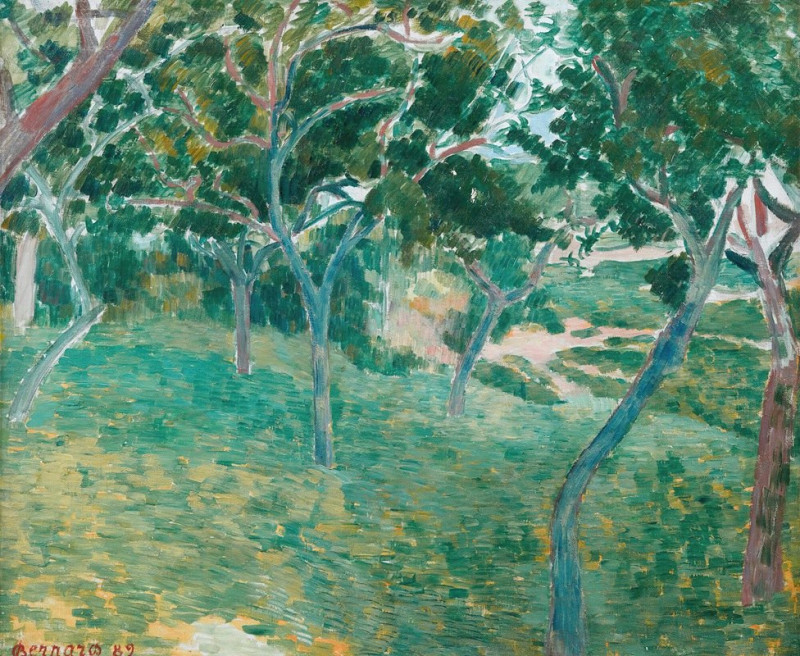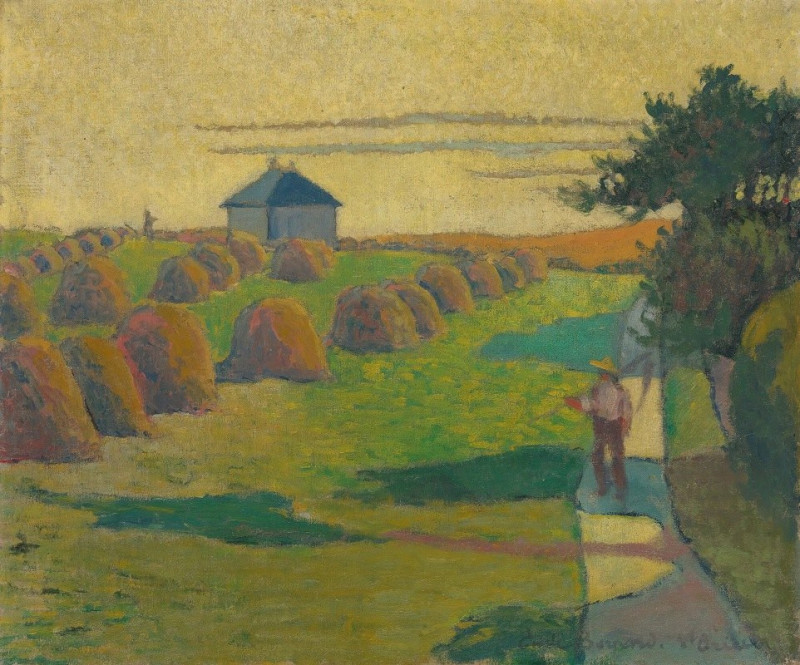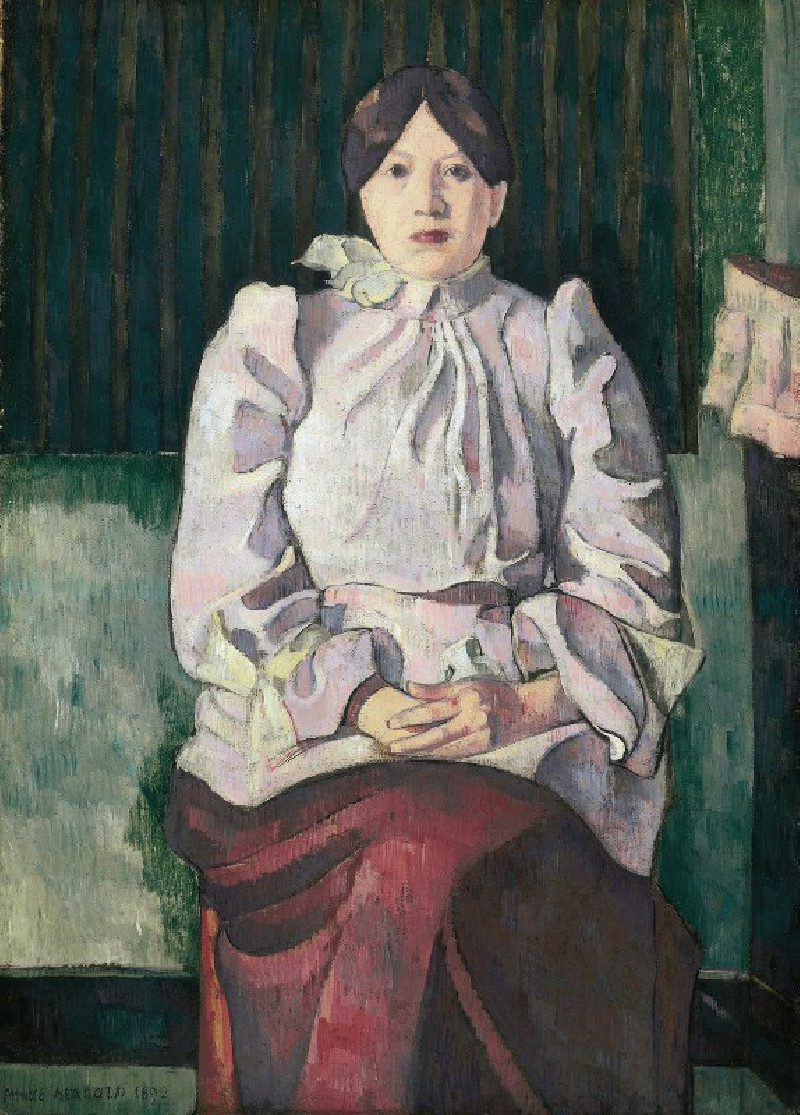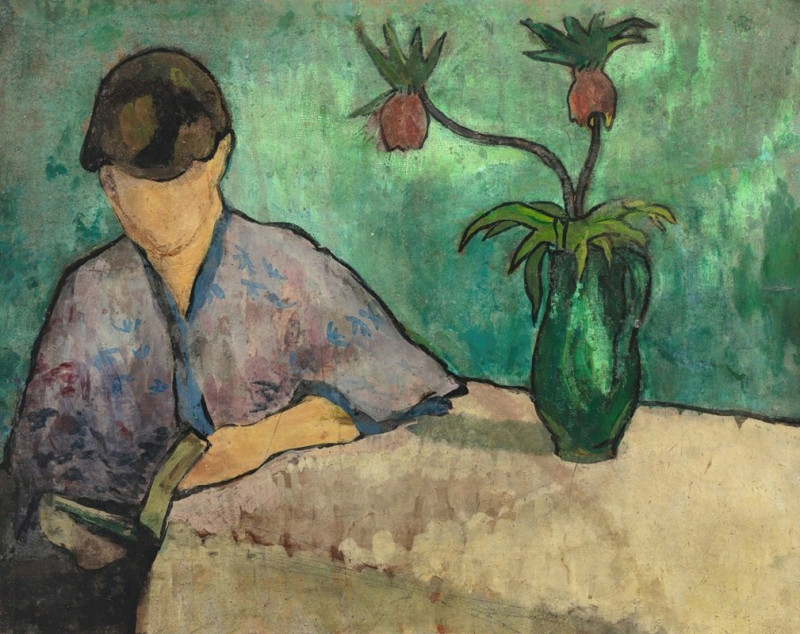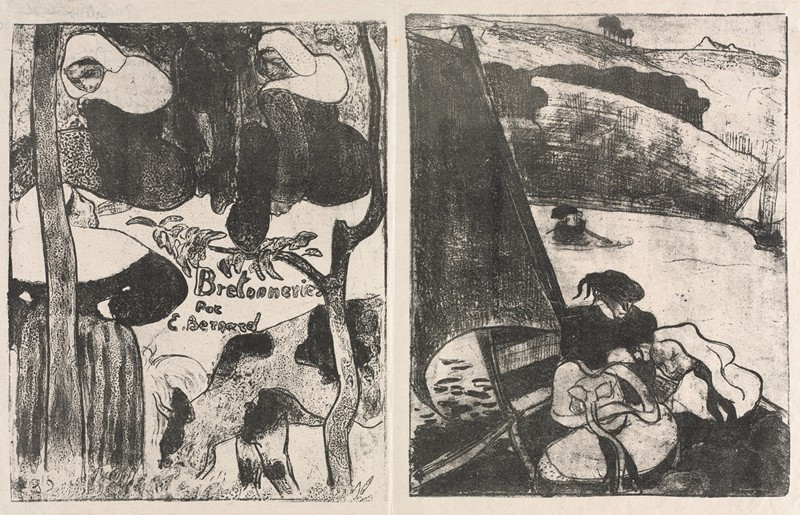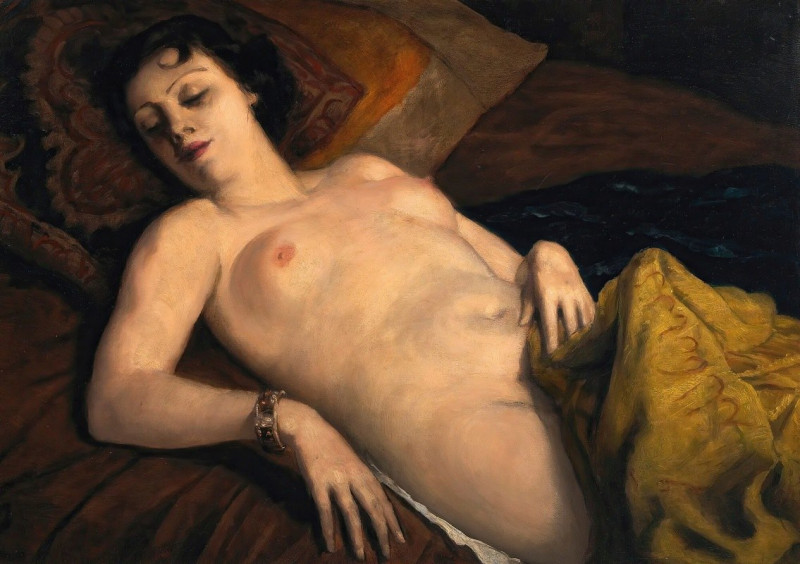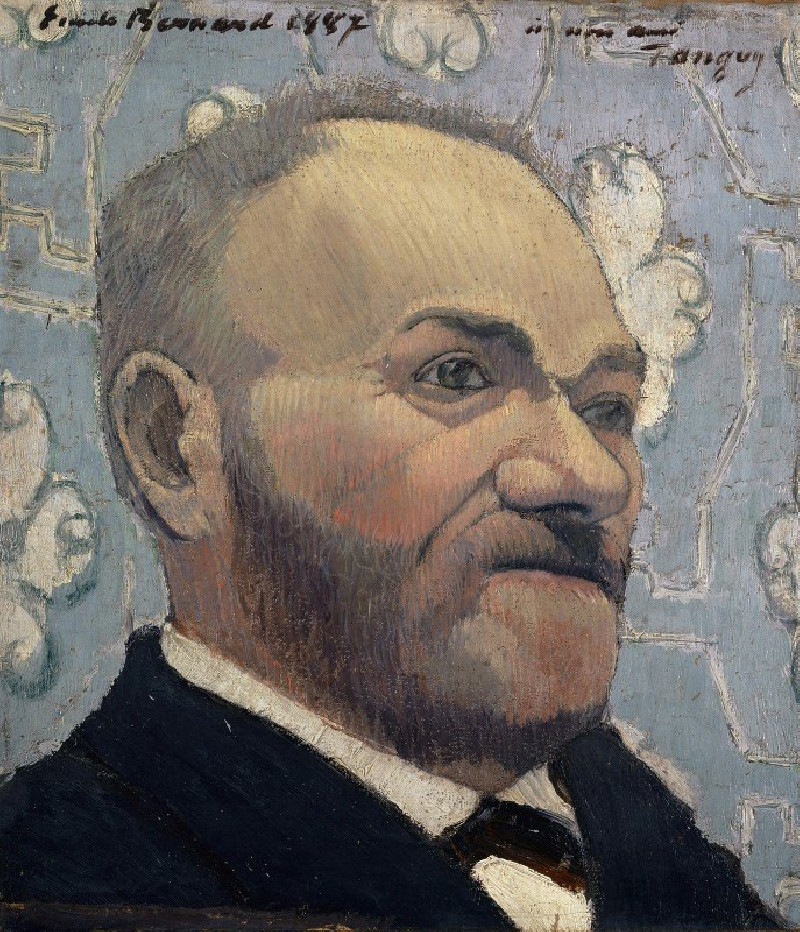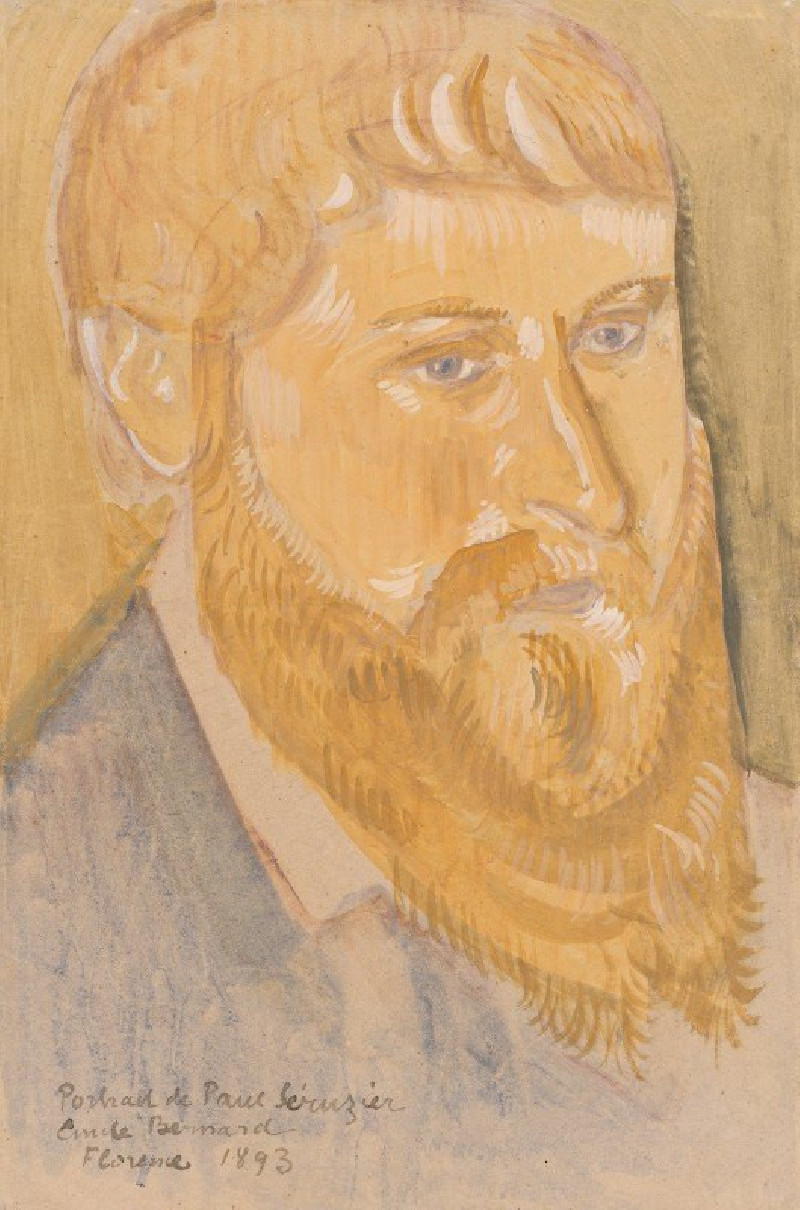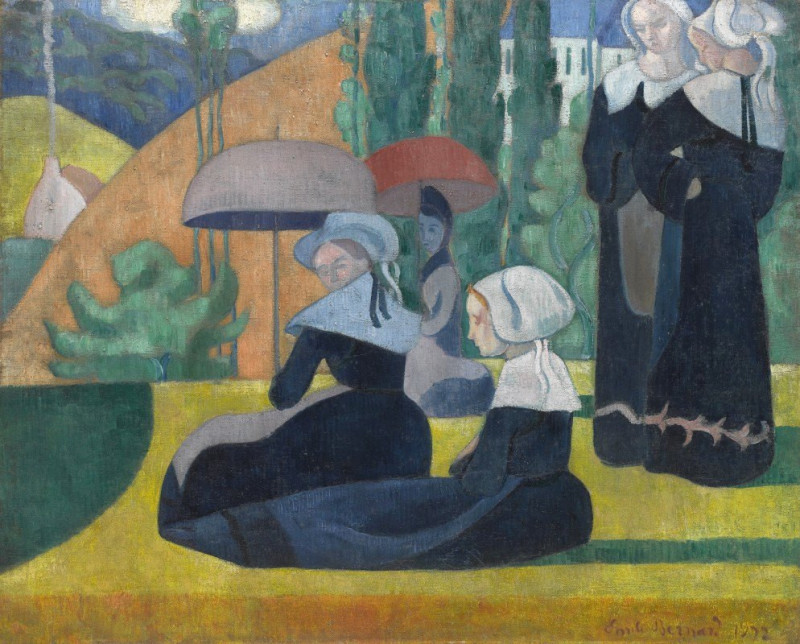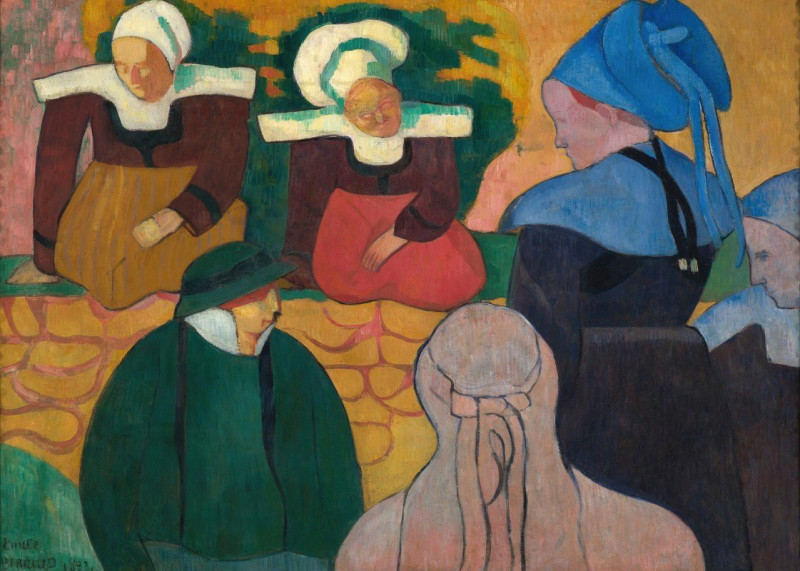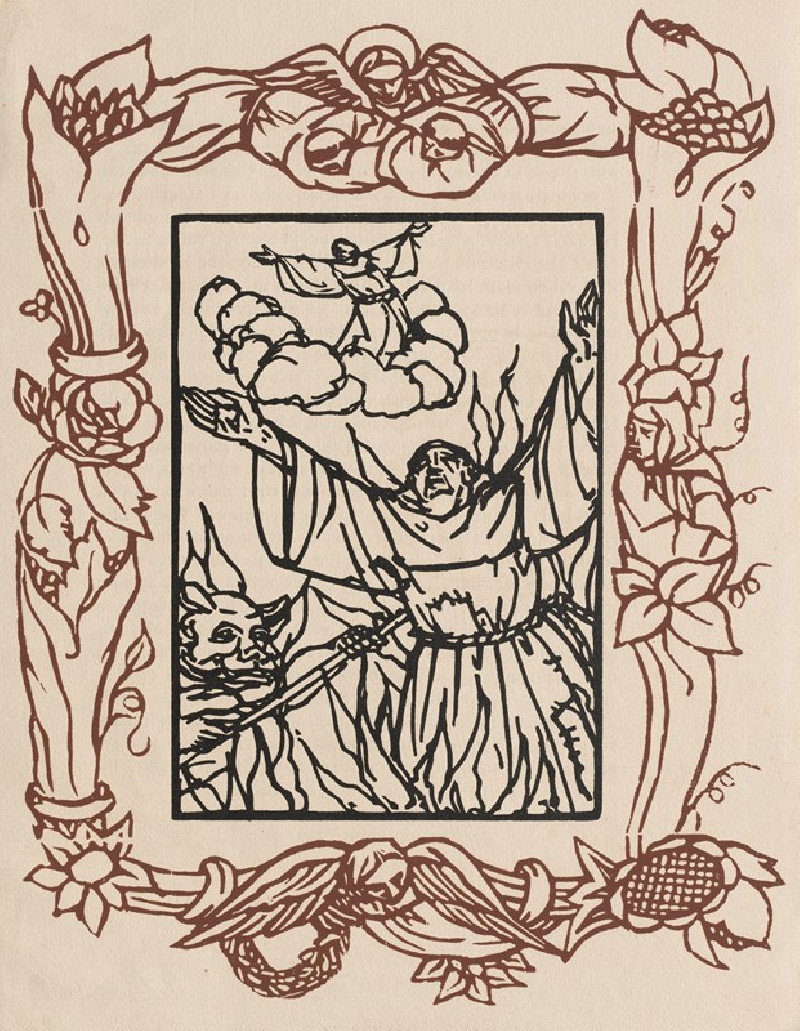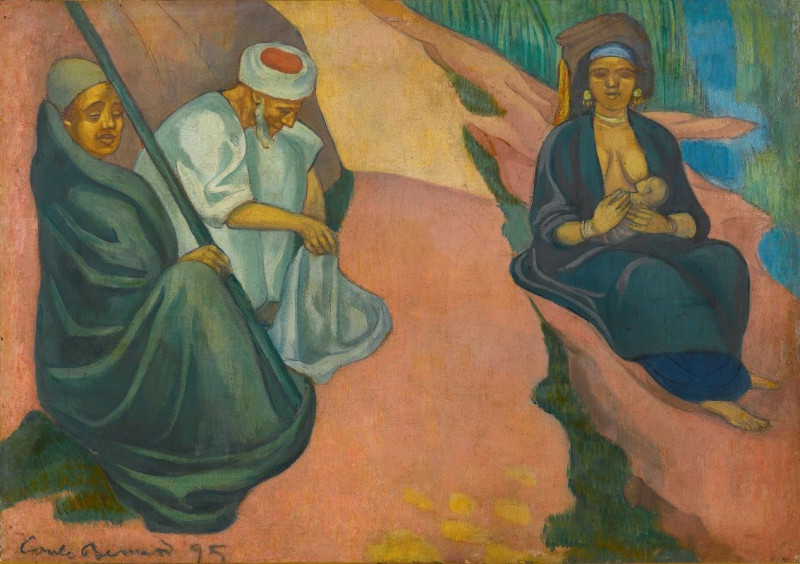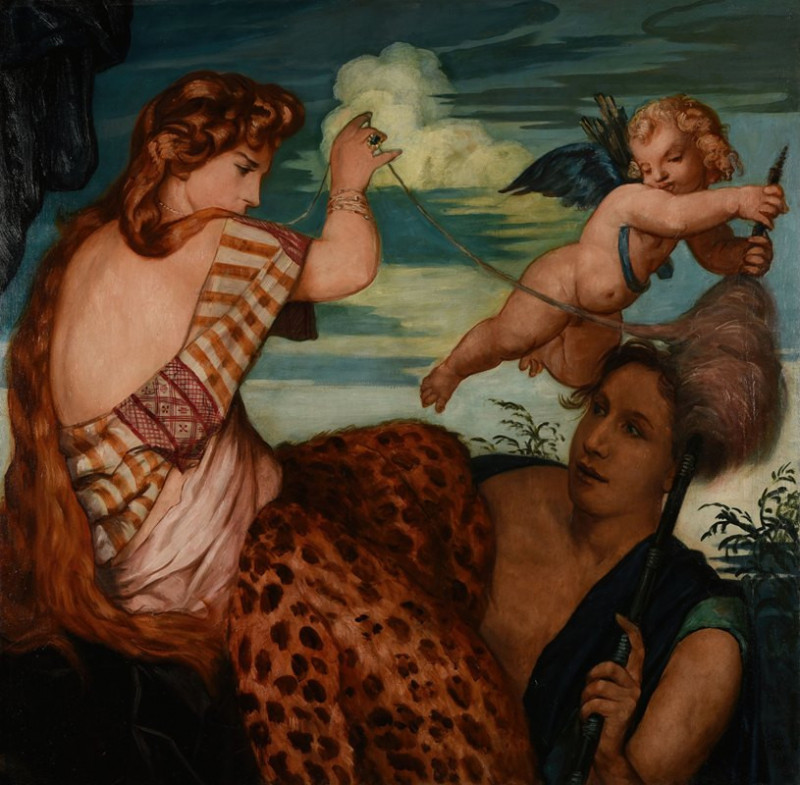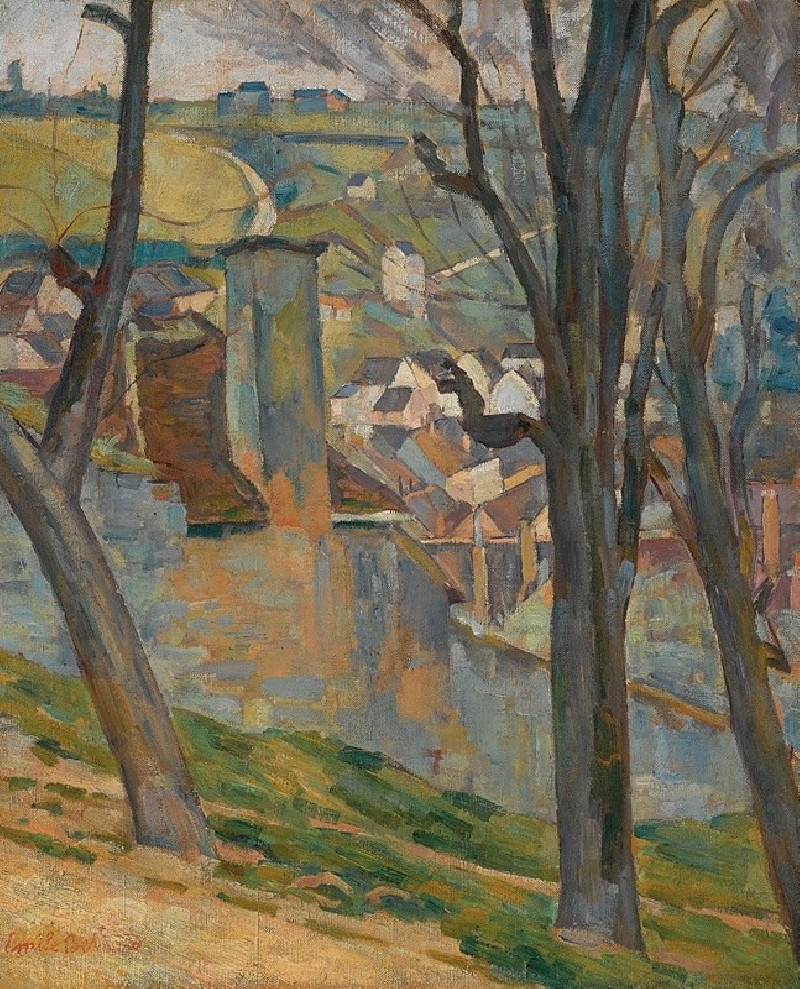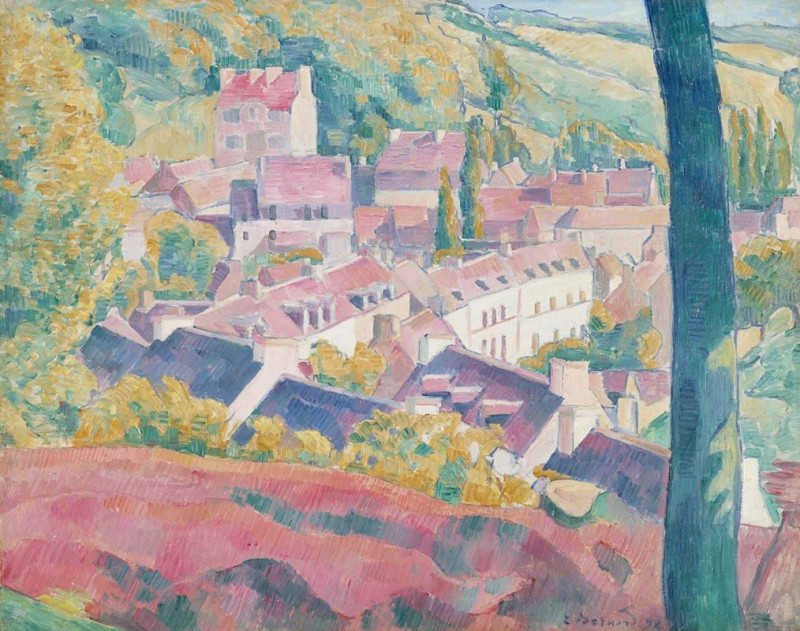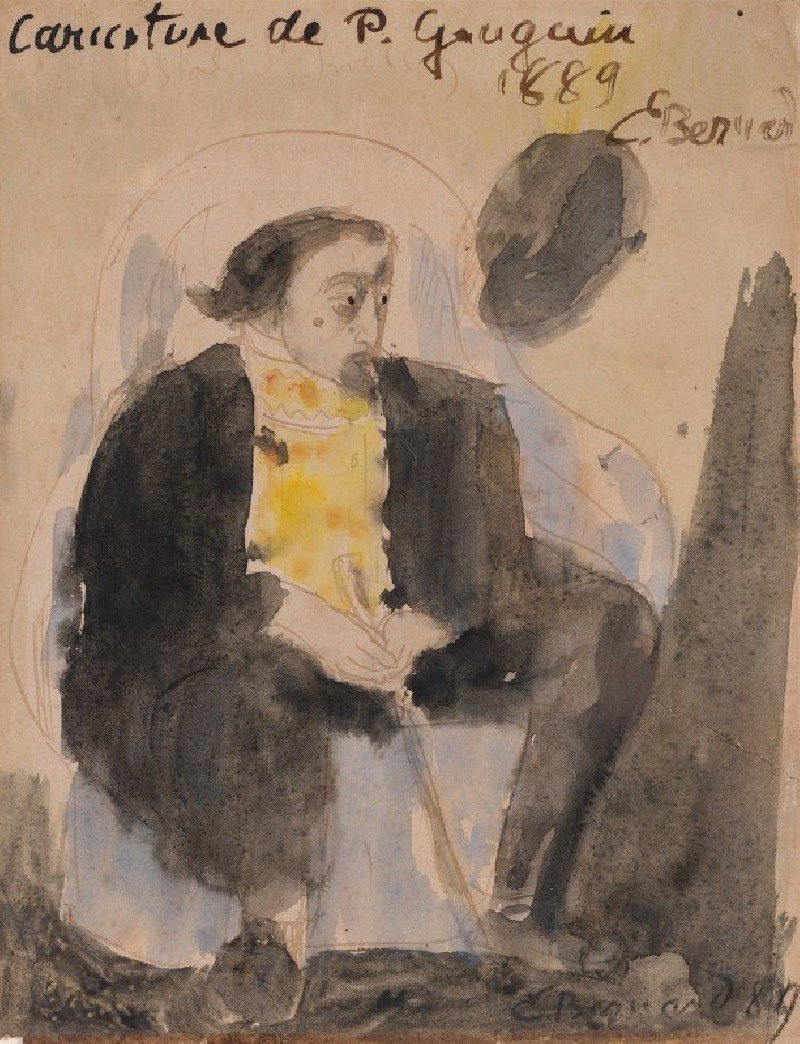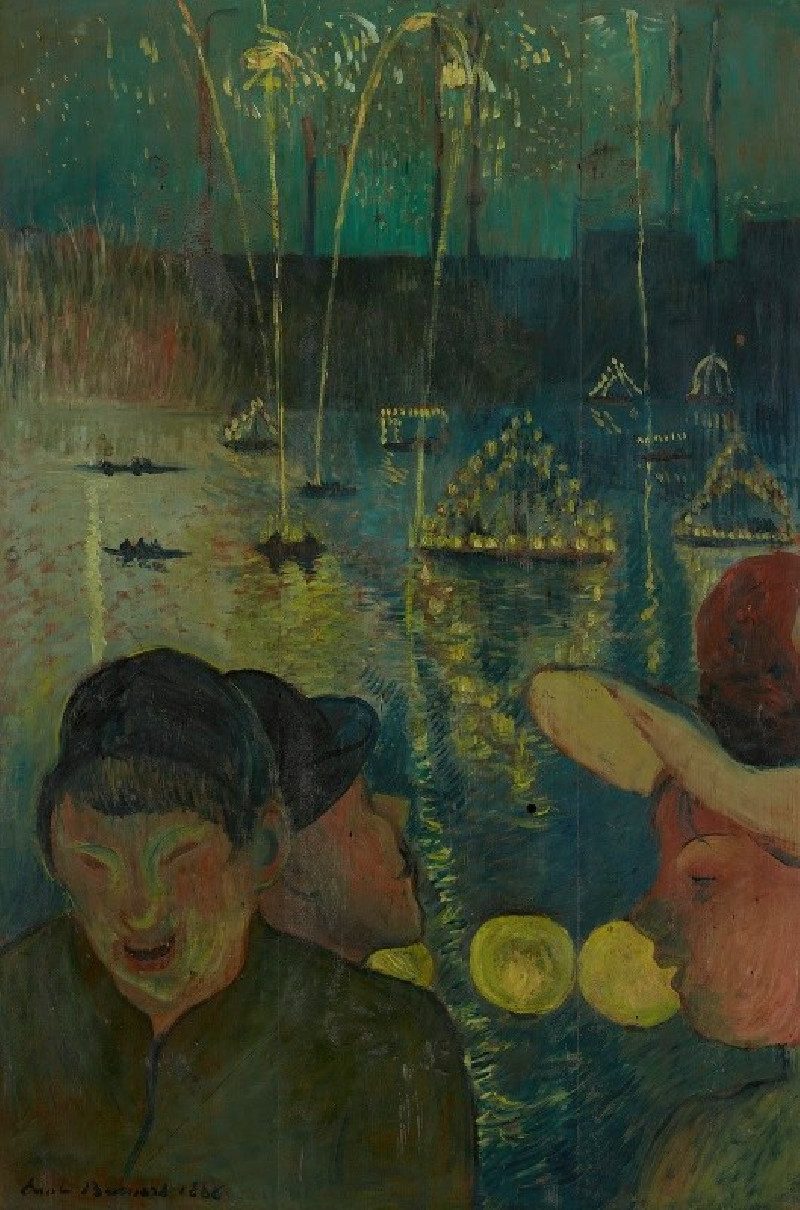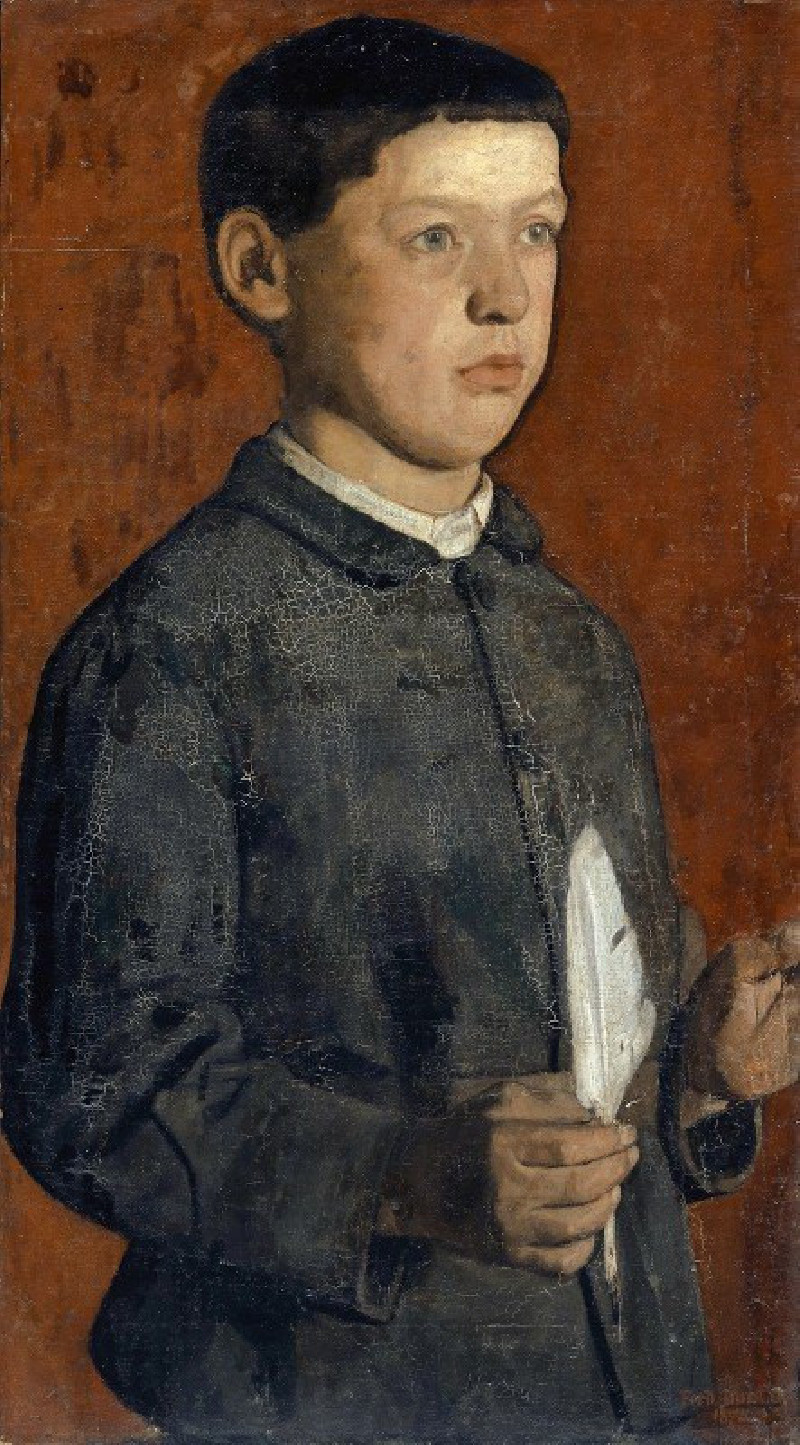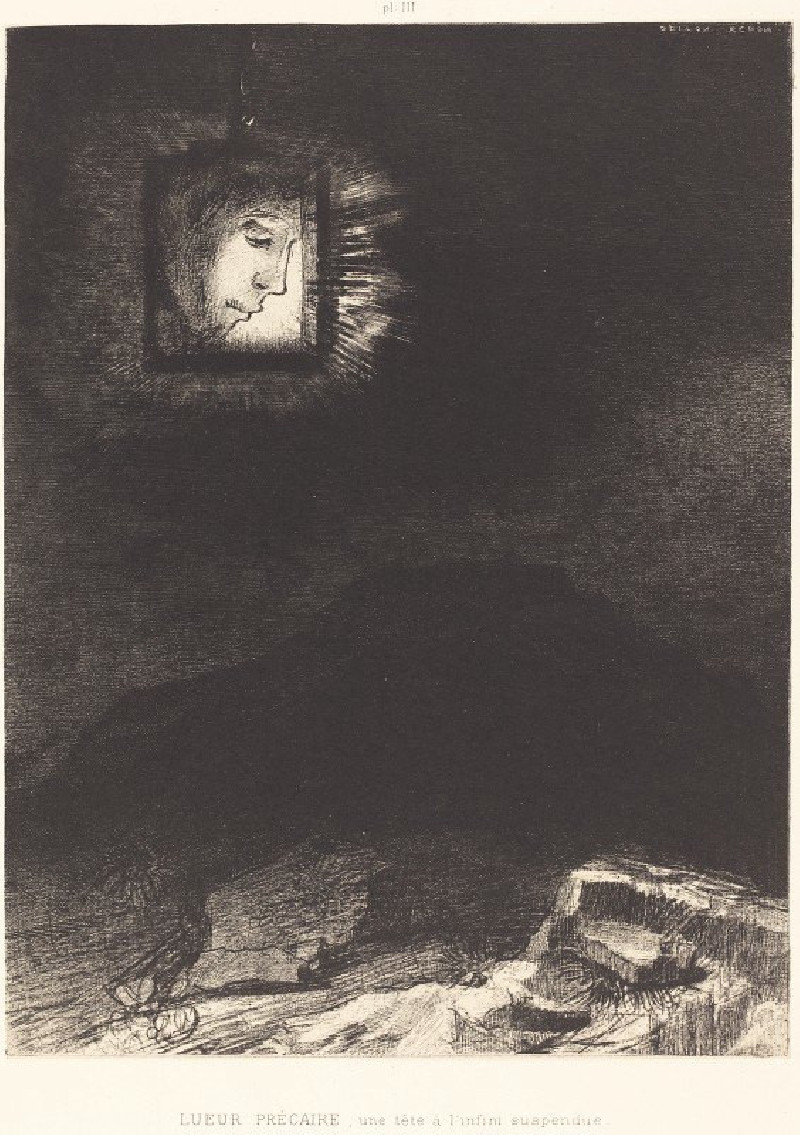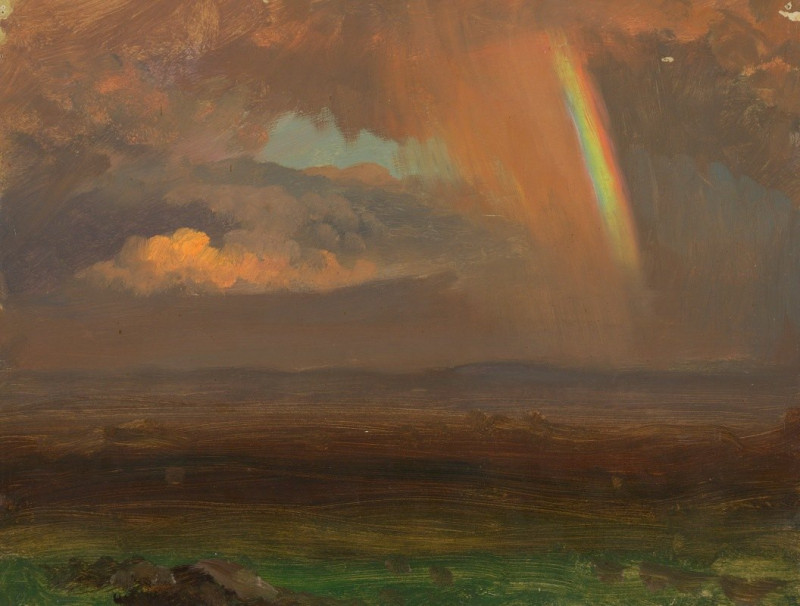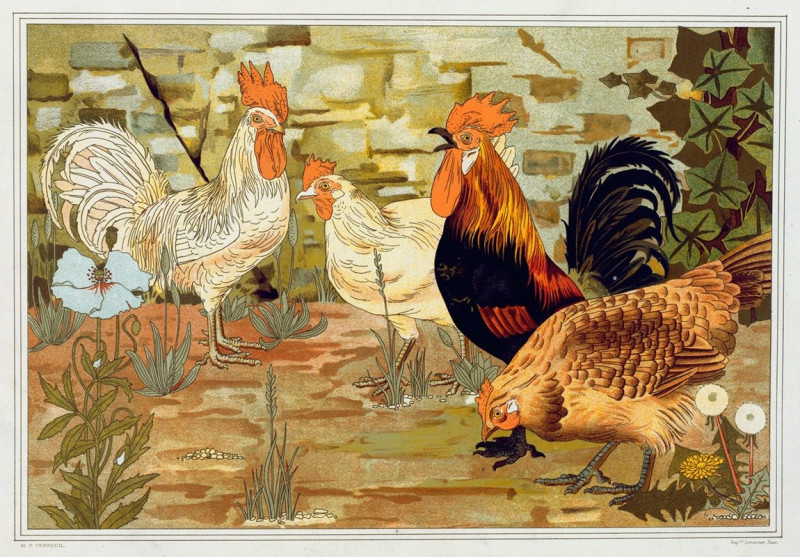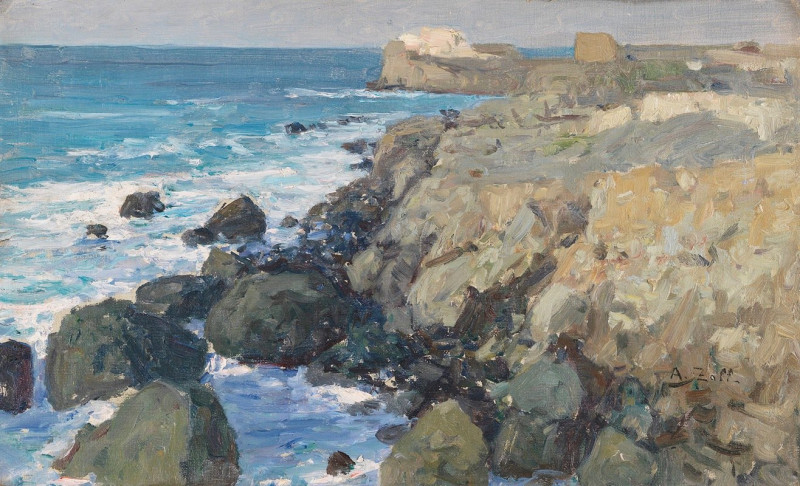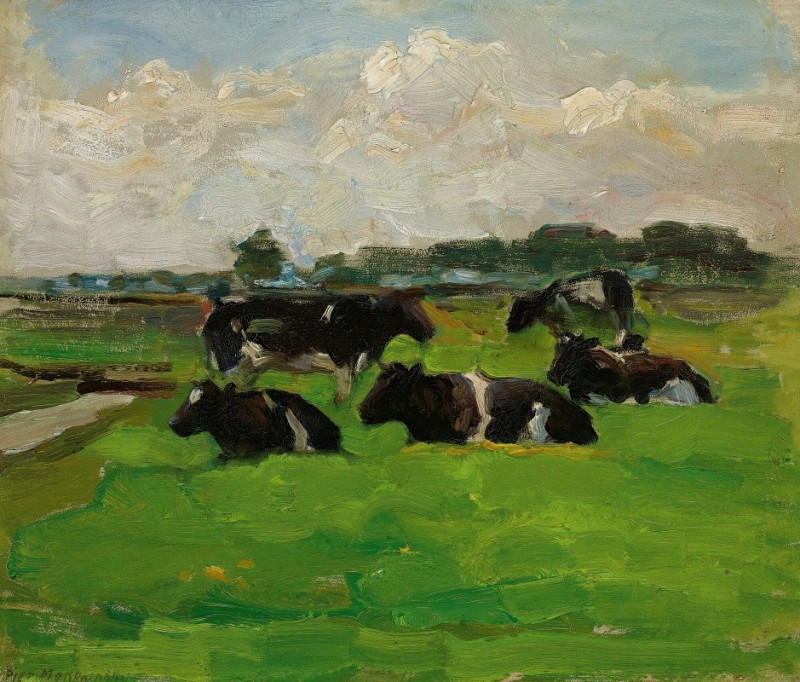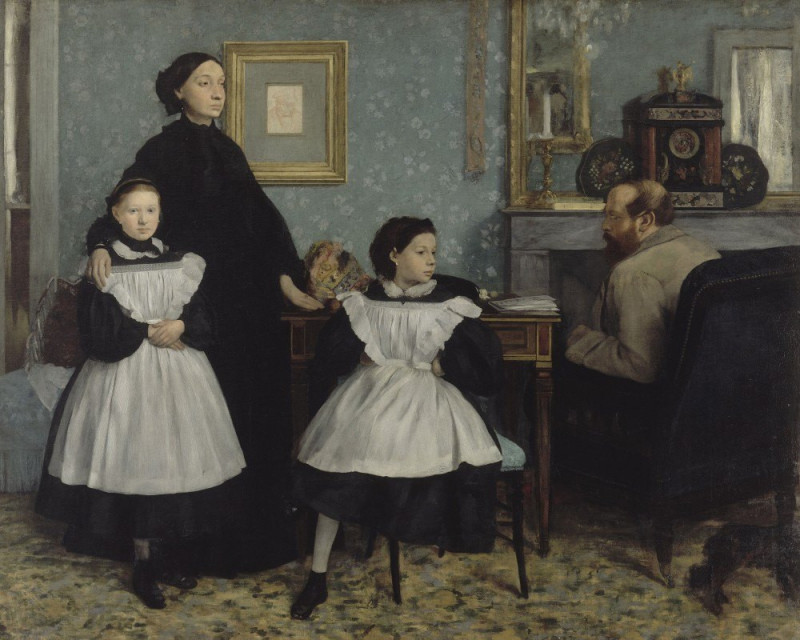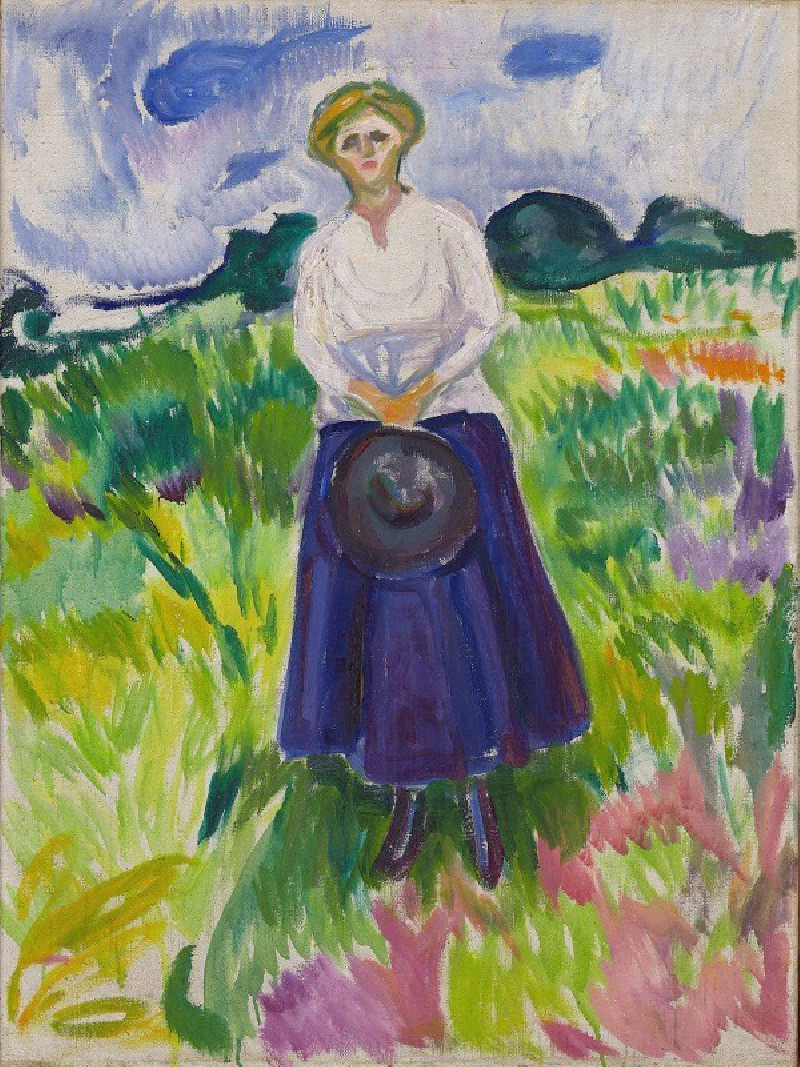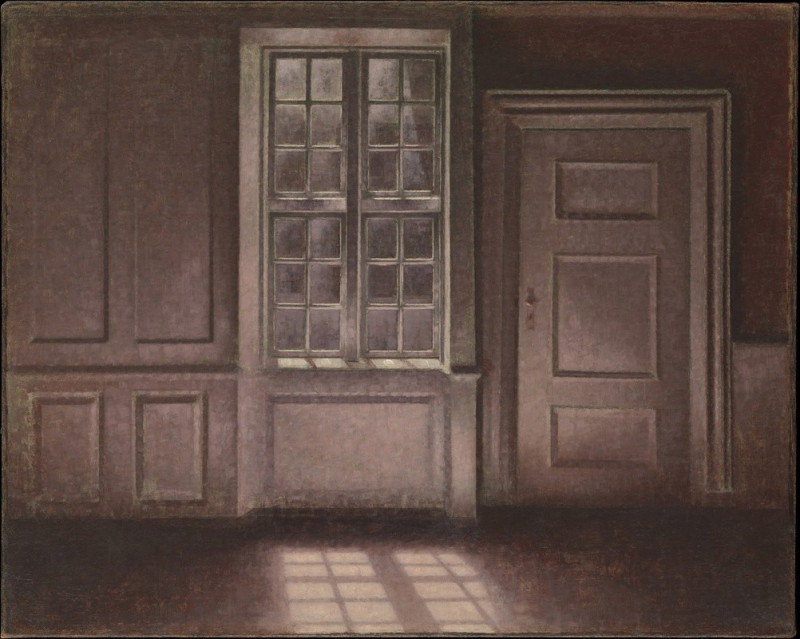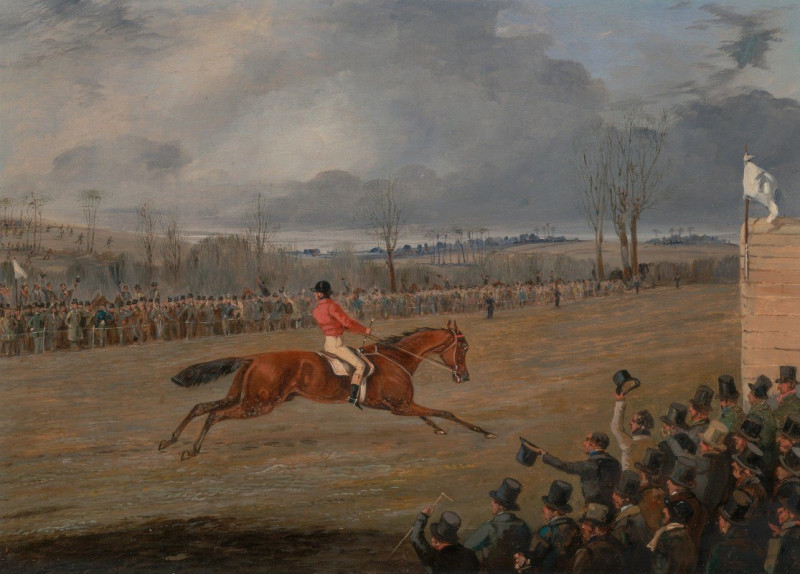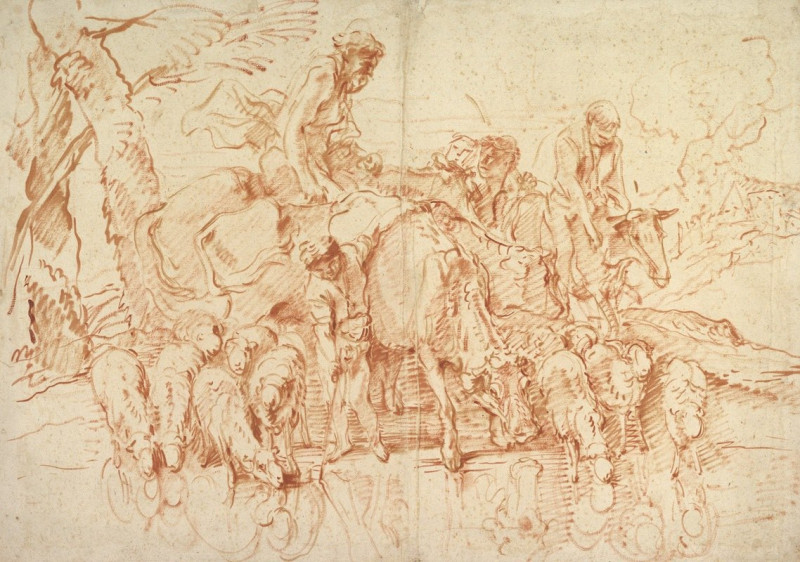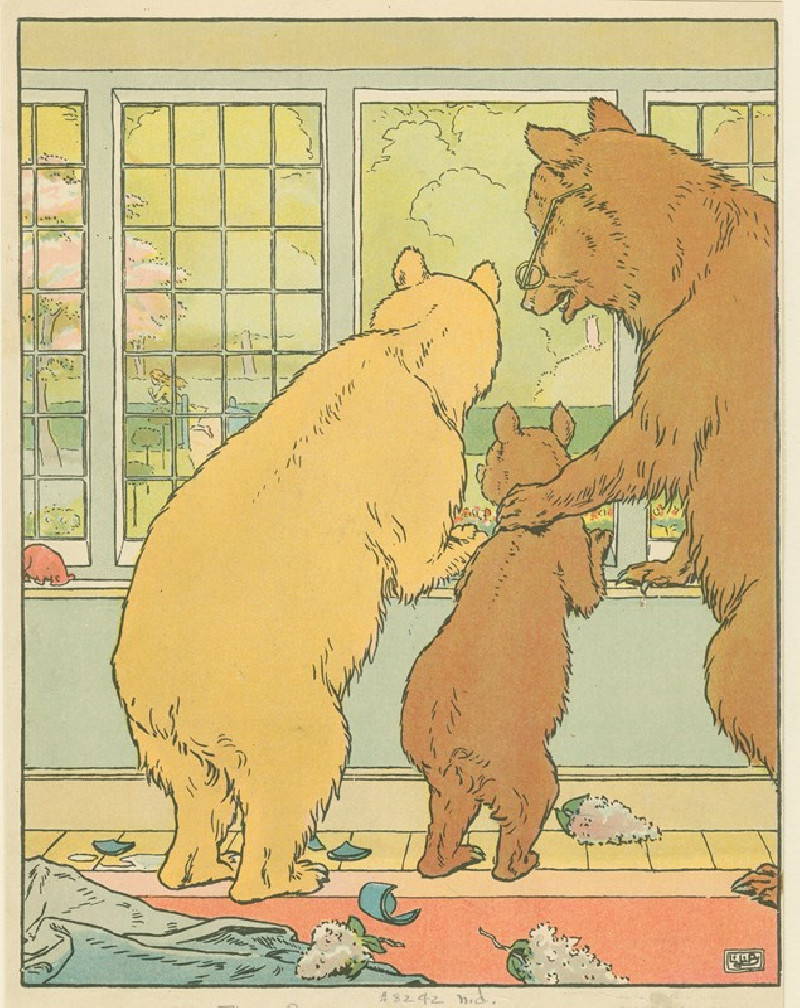Une rue de village
Technique: Giclée quality print
Recommended by our customers
More about this artwork
Emile Bernard's evocative ink wash painting, "Une rue de village" ("A Village Street"), transports viewers to a quaint street in a small, timeless French village. The artwork is framed by the interplay of light and shadow, expertly captured through Bernard's masterful use of monochromatic tones. The composition focuses on a row of traditional village houses adorned with shutters, their charming architecture highlighted by the definitive, swift strokes that suggest a moment captured in time.The rustic houses are crowned by an assortment of chimneys, suggesting a lively community dwelling within. The foreground features figures likely engaged in daily activities, adding a human element that brings the village scene to life. Lush trees flank the structures and partly obscure the sky, providing a sense of depth and enveloping the scene in an atmosphere of rural serenity.Bernard's technique, characterized by fluid, dynamic lines and contrasting dark and light areas, imbues the scene with movement and texture, inviting the viewer to step into a world where the simplicity and beauty of village life are immortalized on paper.
Delivery
Returns
Émile Henri Bernard (28 April 1868 – 16 April 1941) was a French Post-Impressionist painter and writer, who had artistic friendships with Vincent van Gogh, Paul Gauguin and Eugène Boch, and at a later time, Paul Cézanne. Most of his notable work was accomplished at a young age, in the years 1886 through 1897. He is also associated with Cloisonnism and Synthetism, two late 19th-century art movements. Less known is Bernard's literary work, comprising plays, poetry, and art criticism as well as art historical statements that contain first-hand information on the crucial period of modern art to which Bernard had contributed.


